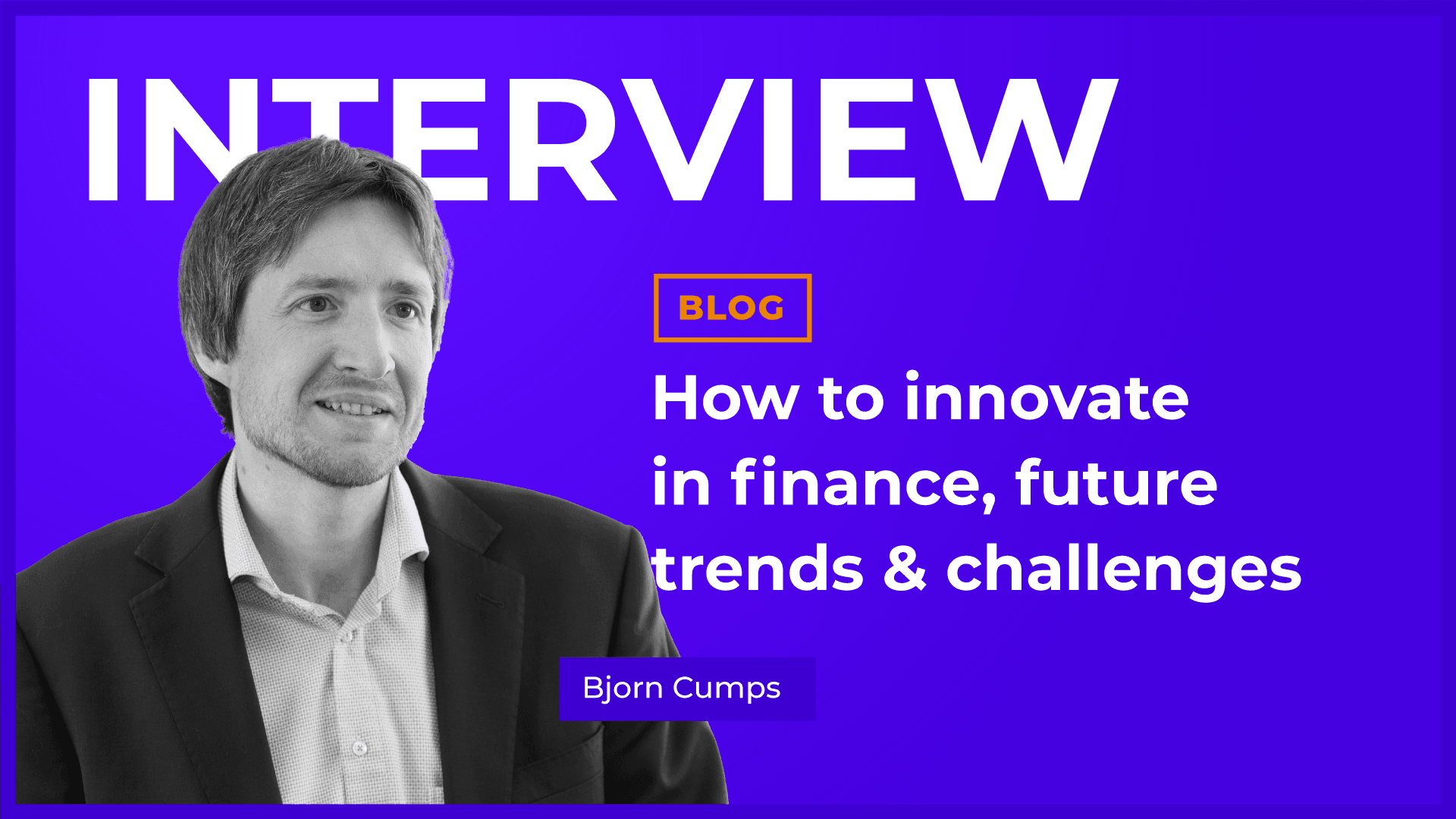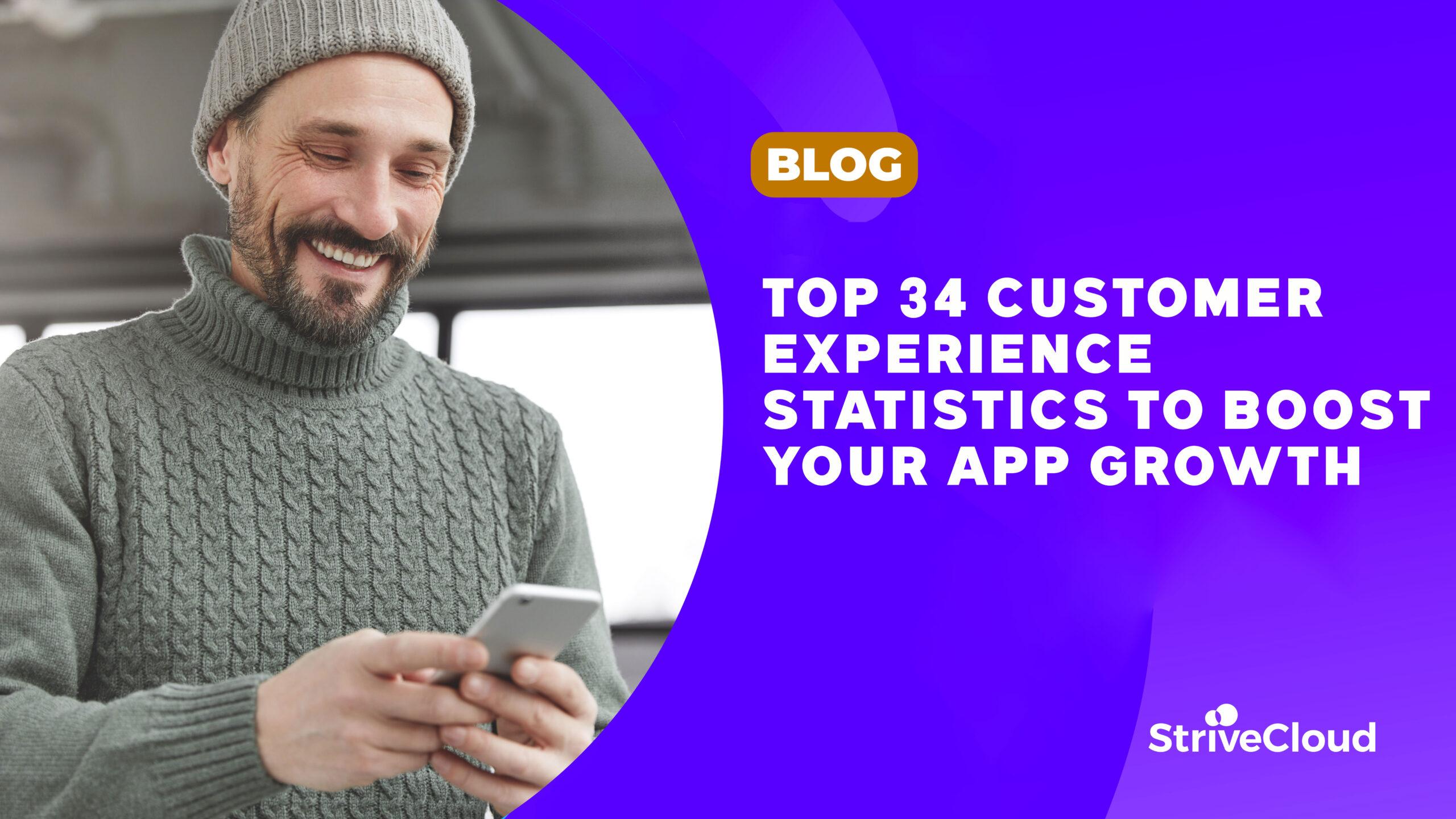

The best way to boost app engagement like Waze

The following article is written by an expert in user engagement strategies.
Written byJoris De Koninck
The best way to boost app engagement like Waze

This article explores how popular apps like Waze successfully retain users through clever engagement strategies.
With over 6.3 billion smartphone and tablet users across the globe, the mobile app industry is thriving like never before. And according to Deloitte’s 2021 Digital Consumer Trends, it won’t be slowing down anytime soon:
Deloitte - "Smartphones are being used daily for social media and messaging (69%), consulting the news (39%), and watching videos (31%)."
This is definitely great news for the app industry. However, more competitors make app engagement and retention tougher! It’s hardly surprising considering there are up to 9 million apps competing for the attention of their target audiences.
It’s no secret that apps spend huge amounts of money to gain users. Nevertheless, the inability to retain users can throw their investment down the drain. With the right tools, however, you can easily turn this situation around!
So let’s take a look at how one of the most popular apps in the world does it! Here’s what you’ll learn:
- App engagement: the number one metric for success
- What is Waze doing differently to supercharge app engagement?
- A closer look at Waze’s gamification features
- Differentiate your app in no time - StriveCloud’s plug-in gamification platform
App engagement: the number one metric for success
Did you know that only 1 in 3 users returns to an app after downloading it? Not only that, but 1 in 4 users also abandon an app after just one use. Talk about a tough crowd!

The graph illustrates the steep drop-off in user retention, highlighting the challenge of keeping users engaged long-term.
Have trouble believing this? Think of the number of times you’ve downloaded an app only to hardly use it before abandoning it forever. Or worse, never to use it again.
Unfortunately, low app engagement is highly prevalent in the industry. As a result, an enormous number of apps struggle to keep their users engaged and eventually fail. However, every now and then some apps manage to systematically grab the attention and participation of their users. One of those examples is the popular navigation app Waze.
Waze emerged in 2008 as “LinQmap.” Surprisingly, the company raised $25 million in financing within just two years and an additional $30 million one year later! In 2013, Google finally bought Waze for $1.1 billion.
The big question here may be summarized in just one word: How? And the answer is no more complicated than the question itself. Waze implemented the power of gamification for apps to drive user engagement with simple features like the badge reward system and user leaderboard.
Let’s see how Waze grew from a startup to an app with 130 million active monthly users across the globe.
What is Waze doing differently to supercharge app engagement?
Waze relies on its users aka drivers to share real-time traffic information with one another. They’re able to share updates about accidents, speed traps, and construction. They can even share gas prices to help others find the cheapest gas station. With such interactive features, you could say that having active and engaged users is detrimental to its success.
Let’s be real for a minute though. In 2020 over 218 billion apps were downloaded. This means the average person has around 40 apps on their phone. However, 89% of a user's time is spent on only 18 of those apps. Which means more than half of those apps remain unused.
Fun fact: Waze actually started off as a game!
Back in 2009, it was very similar to playing Pac-Man. There used to be a map of the routes, but with a trail of pallets on the way. In order to win the pallets, you had to be the first Waze driver to go down a certain road. Believe it or not, people actually did go through the trouble of changing routes just for the sake of extra pallets!
Framing it as a game helped Waze gather data about real-time driving information. It also introduced the idea of gamification for apps and became one of the reasons why product teams started incorporating different gamification tools to supercharge app engagement.
So what do games have to do with improving my app engagement? See in our What is Gamification guide how game elements keep your users hooked!
A closer look at Waze’s gamification strategy
Building onto their legacy as a fun game, and experience, Waze created a full-fledged strategy that helps them stay on top till today. Here’s how Waze uses gamification to its advantage today:
Score system
Waze relies on its users to report real-time driving information, such as any incidents on the road, that may be a hurdle for drivers. These participants receive likes and comments based on what they report. This feedback is then translated into points, which help users reach higher levels.
Badge reward system
Once users reach the last level of the game, they are able to obtain status symbols and unique virtual goods. Needless to say, the users who reach this phase of the game have put in a considerable amount of hard work and effort. Therefore they gain a sense of accomplishment through the badge reward system.
Avatars
Waze also gives its users the option to share how they’re feeling while driving. In an attempt to reward its most loyal app users, Waze even opens access to special avatars for them! These “moods” or avatars may be customized accordingly. They trigger a sense of ownership while also helping users feel more connected to the Waze community.
Leaderboards
Participants are also able to see where they stand in comparison to others. The more they participate, the more points they earn, and the higher they climb on the leaderboard. This social comparison fuels the human desire to compete and thus motivates users to be more active on the app.
Differentiate your app in no time - StriveCloud’s App Gamification Software
If you want to reach a level of app engagement similar to that of Waze, StriveCloud can help you get there! StriveCloud’s App Gamification Software is built for user growth. A gamified app experience has the power to turn a good app into a product users love, and actively engage with.
Gamified apps do not only improve the user experience. They also lead to a significant increase in in-app interactions. By cleverly enriching the user experience with game-like elements, StriveCloud helped companies increase daily active usage by 58% and reduced the churn rate by 23%.
Here’s how it works:
Link your data to create an experience that flows
StriveCloud links into your app and uses the data you track to set up personalized milestones for each user. As users achieve milestones, they get rewards. The reward system helps to reinforce the desired behavior from your audience. Next, delivering the right message, at the right time is critical to re-engage users. For that, StriveCloud uses behavior-triggered notifications or messages that don’t push unwanted actions on users but move the journey forward in a natural way.
Trigger active participation through smart rewards
StriveCloud uses a range of game elements to reward users for their app engagement. Not only can users collect actual rewards like points, or badges. They can also follow their progress through progress bars, or compare their status to those of other users with features such as a leaderboard or leveling system.
Build personalized quests to drive app engagement
Keep the user experience moving forward by using in-app messages, notifications, and emails based on previous user interactions. You can target users according to their level of engagement, or anything else you feel is important. This way you get to trigger and reward your users for behaviors that support your business goals.
Differentiate your app in a heartbeat. We’ll help you set up a gamification plan for free!
Related Posts

How to innovate in finance, future trends & challenges according to Bjorn Cumps
In 2016, just 24% of the financial industry was confident that their client strategy was integrated across digital and traditional channels. Today that's changing - customer experience optimization is at the heart of consumer finance. Expert Bjorn Cumps tells us what exactly that means, from improvements in AI to the use of examples of gamification like a points system.

Top 34 customer experience statistics to boost your app growth
46% of businesses say that customer experience is their most important priority in the next 5 years. To be sure, improving your CX is a solid route to growth for apps, and here are 34 statistics that can guide your journey in optimizing your CX in 2022.

